top of page

Overview
My Role: UX Researcher & Designer
Project Type: UX Envisioning · Team Project · Fictional Case Study
Timeline: 6 weeks
Team: 4 UX Designers
This project was a fictional UX/UI case study inspired by real-world challenges but not an official collaboration with Tienda Inglesa. The goal was to design a digital solution to help reduce food waste and improve stock management in the supermarket.

Problem statement
Through market research and user surveys, we identified two main challenges commonly faced by consumers:
-
Food waste at home, often caused by poor grocery planning, forgotten items in the fridge, and lack of meal organization.
-
Uncertainty about what to cook, especially during busy weekdays, leading to last-minute decisions or reliance on takeout.
These insights became the foundation of our solution, guiding us to design a tool that supports both better food management and daily meal inspiration.
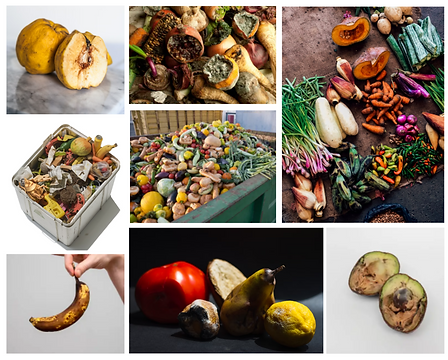
What users said...
"I live alone. I don't want to buy large quantities, but sometimes there's no option to bag just the amount I need. So I end up wasting lots of food."
""What's for dinner today?" is the question that annoys me the most."
Research & Discovery
Benchmarking
We analyzed international supermarkets that have successfully implemented zero-waste initiatives.
This helped us identify strategies such as dynamic pricing for near-expiry products, donation programs, and consumer incentives. We also discovered that many of these supermarkets include a recipe section in their websites and apps, encouraging customers to use what they already have at home and make more conscious shopping decisions.
Surveys
We launched a digital survey that received over 90 responses. The goal was to uncover habits around food waste, consumption habits, meal planning, and shopping frequency. Some key findings included:
68%
Lack ideas to plan their weekly menu
74%
Cook fresh food nearing expiry to avoid waste
71%
Fruit & veg are their most wasted fresh food
84%
Would buy food close to expiry at reduced price
User Personas & Jobs to be Done
We conducted surveys and created user personas based on common shopping behaviors from our survey findings. We also applied the Jobs to be Done framework to understand user motivations, such as:
• "As a busy professional, I want to receive alerts for soon to expire products so I can reduce food waste and save money."
• "As a health-conscious shopper, I want meal suggestions based on my purchases to help me plan balanced meals."


To better understand the underlying causes of food waste at the supermarket and the consumer level, we created an Ishikawa diagram. This helped us categorize the root causes into themes, all of which influenced the direction of our solution.

Ideation & Concept Development
We explored multiple concepts using the Crazy 8s method, sketching out rapid design ideas. One of our initial ideas included a gamification system, rewarding users for reducing waste. Another idea we had was to create weekly boxes of fresh food that were close to expiration date, and give customers the option to subscribe to these boxes. This way, customers would receive these boxes weekly, allowing them to adjust them based on their preferences and dietary restrictions.
However, after testing early concepts with users, we learned that these features didn’t resonate with their real motivations. Based on this feedback, we removed the features and focused on simplicity and usefulness.

Task Flow: Buying a Recipe
One of the key features we designed was the "Buy a Recipe" flow, a simple yet powerful way to help users plan meals and reduce food waste.
This task flow shows the step-by-step journey a user takes, from browsing a recipe to customizing ingredients and completing their purchase.
We also identified moments where AI can enhance the experience, such as:
-
recipe creation
-
personalization based on previously purchased recipes
-
reminder of the quantity of ingredients added, if it can be used for more recipes in the cart
-
suggested products related to the purchase being made
-
Suggesting alternative ingredients or preferred brands
-
recommended products based on the user's purchase history
-
Recommending recipes based on the user’s pantry or past purchases
This flow became a cornerstone of our solution, aligning user convenience with sustainable habits.
Home
Recipe section
Search filter
Pick a recipe
Edit ingredients
No
Go to checkout
Add suggested products
No
Checkout
Yes
Yes
Choose ingredients
Select suggested products
Solution
We designed a mobile app concept that helps customers reduce food waste in a simple, engaging way. By combining personalized alerts, recipe suggestions, and prompts to purchase fresh products nearing expiry, the app encourages smarter, more sustainable habits.
This solution not only empowers users to save money and reduce waste, but also benefits Tienda Inglesa by increasing product turnover, strengthening customer loyalty, and positioning the brand as a leader in sustainability and innovation.
Key features include:
• Personalized alerts for near-expiry products, based on users’ purchase history.
• AI-powered recipe suggestions that help users answer the daily “What’s for dinner?” question — using ingredients they already have at home.
• A seamless “Buy this recipe” option: users can tap to add all the ingredients to their cart instantly. They can also swap items — either because they already have them at home or prefer a different brand.
• Minimal-step ordering flow, designed with accessibility and speed in mind.
• A clean, intuitive interface that makes the experience pleasant and stress-free.
We created a functional prototype that showcases the main features and user flow, focusing on clarity and simplicity. The recipe feature turns leftover items or everyday staples into inspiration, and adds extra convenience to the shopping experience.
New home screen and reduced price fresh food

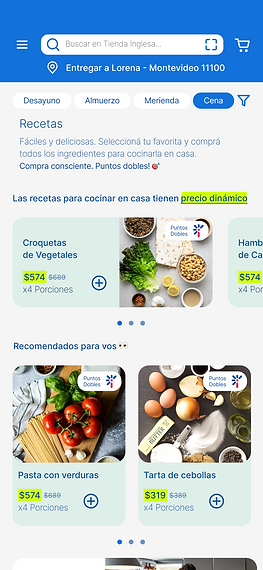
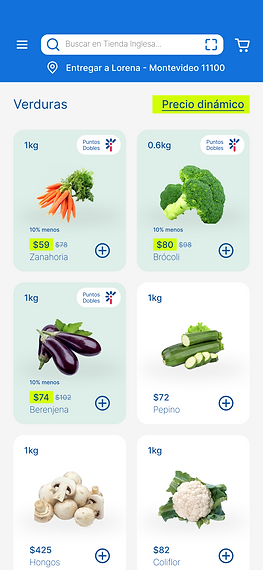
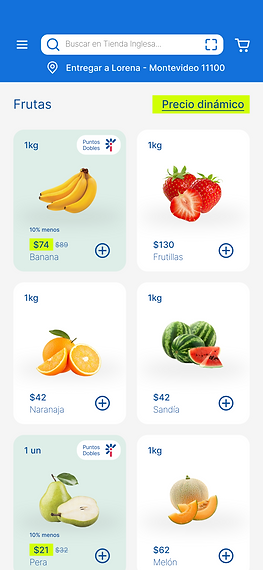

"Buy the recipe" section
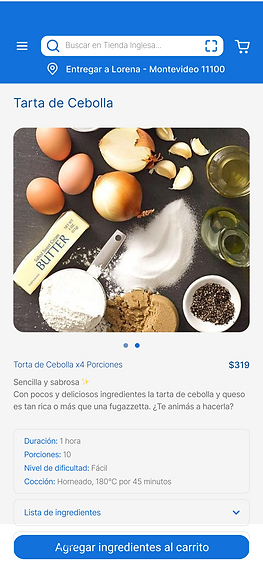


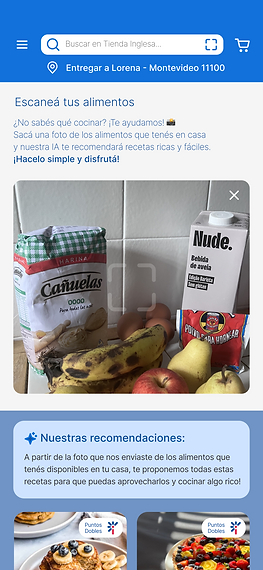
To encourage long-term engagement and positive habits, the app also includes a monthly impact summary. Users receive personalized notifications showing how much food they’ve saved from going to waste, how much CO2 emissions they’ve helped prevent, and other small achievements. These wrap-ups are designed to celebrate progress, reinforce motivation, and remind users of the real-world impact of their everyday choices.

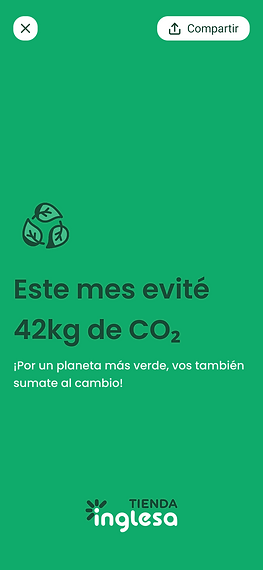
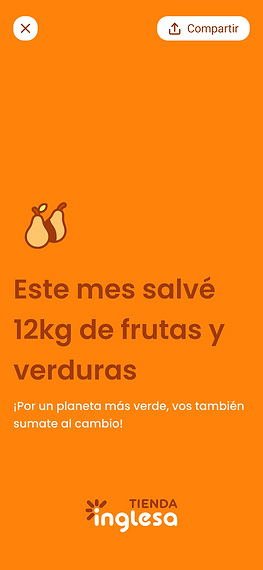
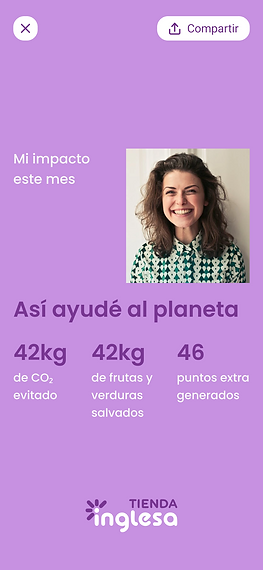
Reflections
This project reinforced the importance of putting users at the heart of the design process. Through research and user feedback, we gained valuable insights that shaped the app’s core features, such as the personalized alerts and recipe suggestions. The challenge was balancing functionality with simplicity, ensuring that users could easily engage with the app without feeling overwhelmed.
One key learning was the decision to exclude gamification. Initially, we thought it could motivate users to reduce waste, but user feedback showed that it wasn’t a primary driver for our target audience. This experience highlighted the value of iterating based on real user needs and preferences.
The integration of sustainability-focused features, like the monthly wrap-up of waste reduction, helped us reinforce the app’s goal of promoting more mindful consumption. Overall, the project strengthened my ability to adapt designs to meet both user needs and business goals.
bottom of page